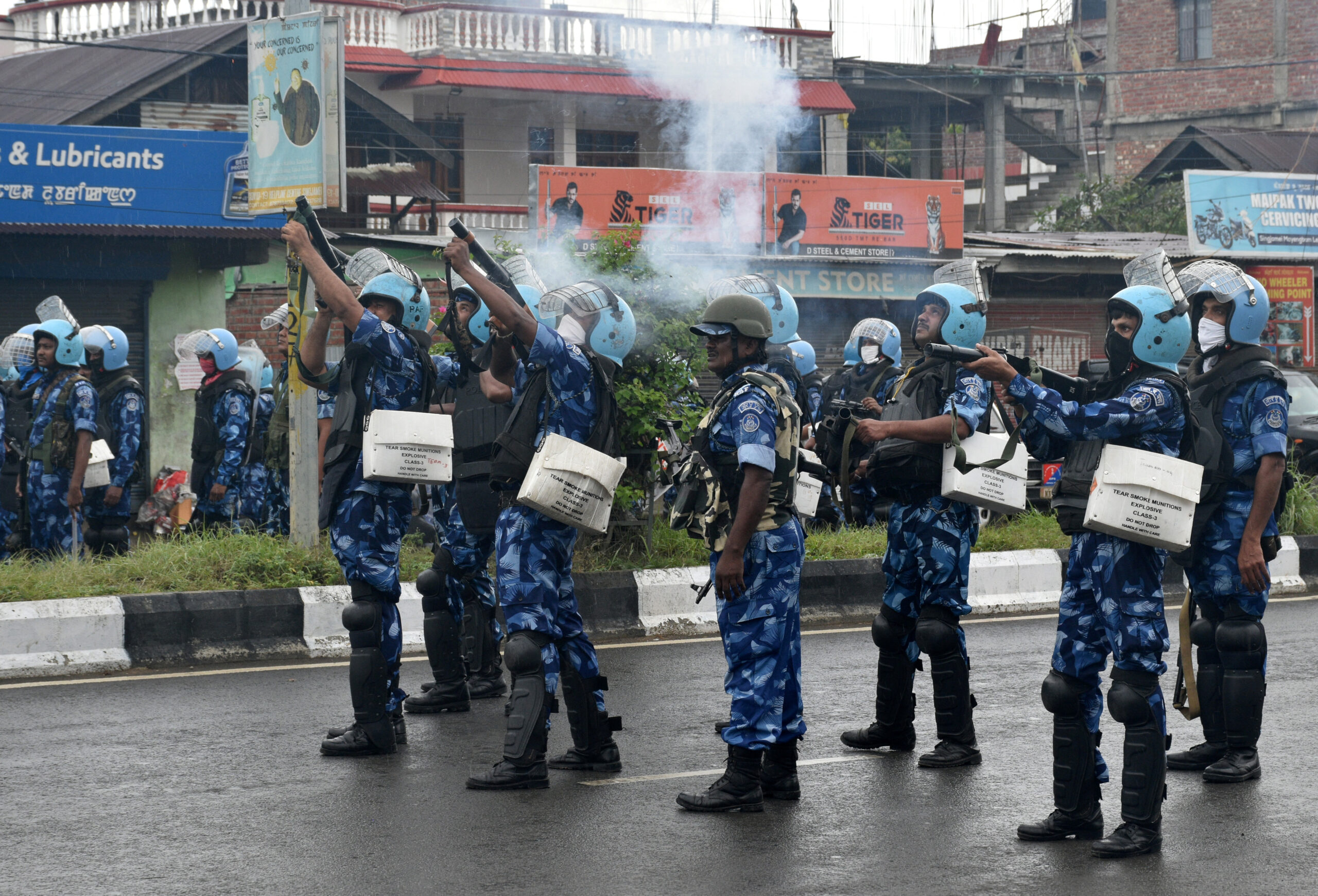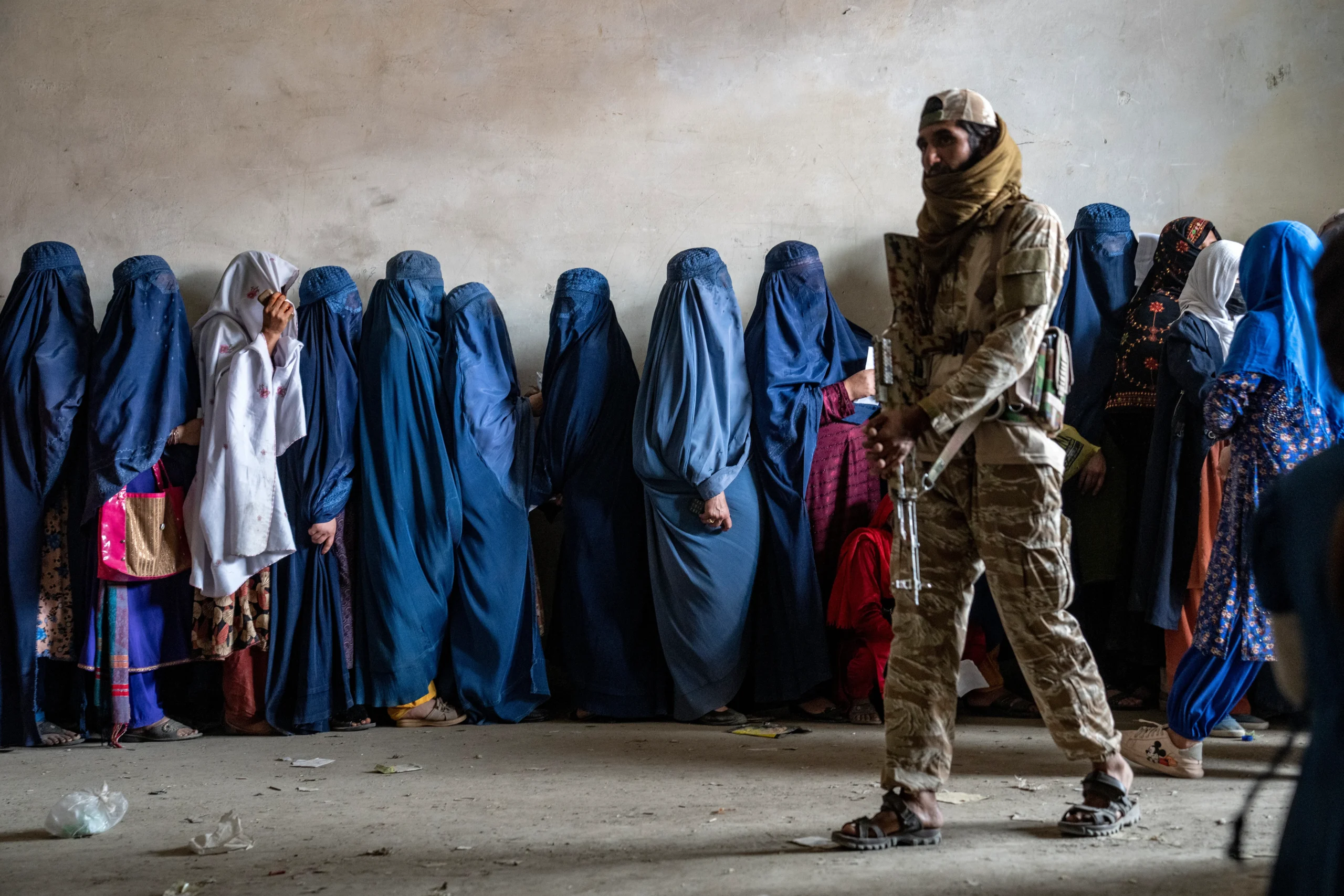What started in India’s Karnataka state as the “Hijab Row” is far from over. Considering the current state of affairs, where is Karnataka’s Hijab Controversy headed, necessitates to have a glimpse of an overall situation. Every day, new stories of exclusion, rioting, and harassment are reaching us from the state of Karnataka, and new sides of the controversy being unfolded. Social media chatter, unofficial sources, and citizen journalists from India are defining the situation as very serious and concerning. The High Court has reserved its verdict after eleven days of the hearing, but what is happening in the streets and Muslim localities is far from acceptable.
Not just the streets and roads, even cyberspace is not safe for Muslim women of India; case in point being the app (Bulli Bai) where Muslim girls and women were up for auction. The app was later taken down. Legal action, sure, has its limitations, but having to witness the local police as the facilitator of riots indicates the complacency of the administration against the grave injustice and discrimination being faced by the Muslim locale in general and girl students in particular.
Zero Discrimination Day was just observed the world over, and India’s fuel-catching Karnataka episode is one of the most visible examples of discrimination and exclusion maintained on communal, religious, historical, and gender basis.
This year’s theme for Zero Discrimination Day focused on laws and policies with the tagline: “remove laws that harm, create laws that empower.” The theme tacitly implies that governments are increasingly responsible for maintaining a discrimination and failing to achieve inclusion that is not only desired on parameters of basic human dignity but also to avoid unnecessary conflict. Both pronounced and informally maintained policies of the Government of India towards India’s minorities stand in stark contrast to the ideal of inclusion.
Reports of Hindus rioting in Muslim localities in Karnataka are reminiscent of many similar incidents from history. Even if we do not delve into the long forgone and forgotten encounters of Hindu nationalists and Muslims, consider only the visuals that reached the world from the capital city of Delhi when the Citizenship Amendment Bill (CAB) was announced. Think of the minorities (especially Muslims) protesting on the streets and the forceful put-down they received.
What is happening in Karnataka might not be something new but it has some elements unique to it.
About five days ago, a Sikh girl student was asked to remove her turban to enter her college (Mount Carmel College). This happened in Karnataka’s capital city, Bengaluru. This also indicates how the row spread all over Karnataka to reach the capital city over a span of two months. Moreover, the fact that the Sikh community is now also a target speaks volumes. Now consider for a moment the birthplace of this whole controversy – a college in the Udupi district of Karnataka. Now consider the emphasis here – a college; an educational institute.
It is alarming that the discrimination based in communal and religious grounds in India is now penetrating in as central a pillar of any society and polity as education.
The students who petitioned against the hijab ban and the students who wear hijab are not being allowed to take their exams; hence compromising and tainting their lives as students. Now consider once again, who is at the receiving end of this riot perpetrated by right-wing Hindu nationalists – girl students. So, where is Karnataka’s Hijab Controversy headed? This brings us to the question of how far and how much India can and will protect the basic rights of Indian women and girls? What is happening to the bold and loud advocacy of women rights in Indian society?






